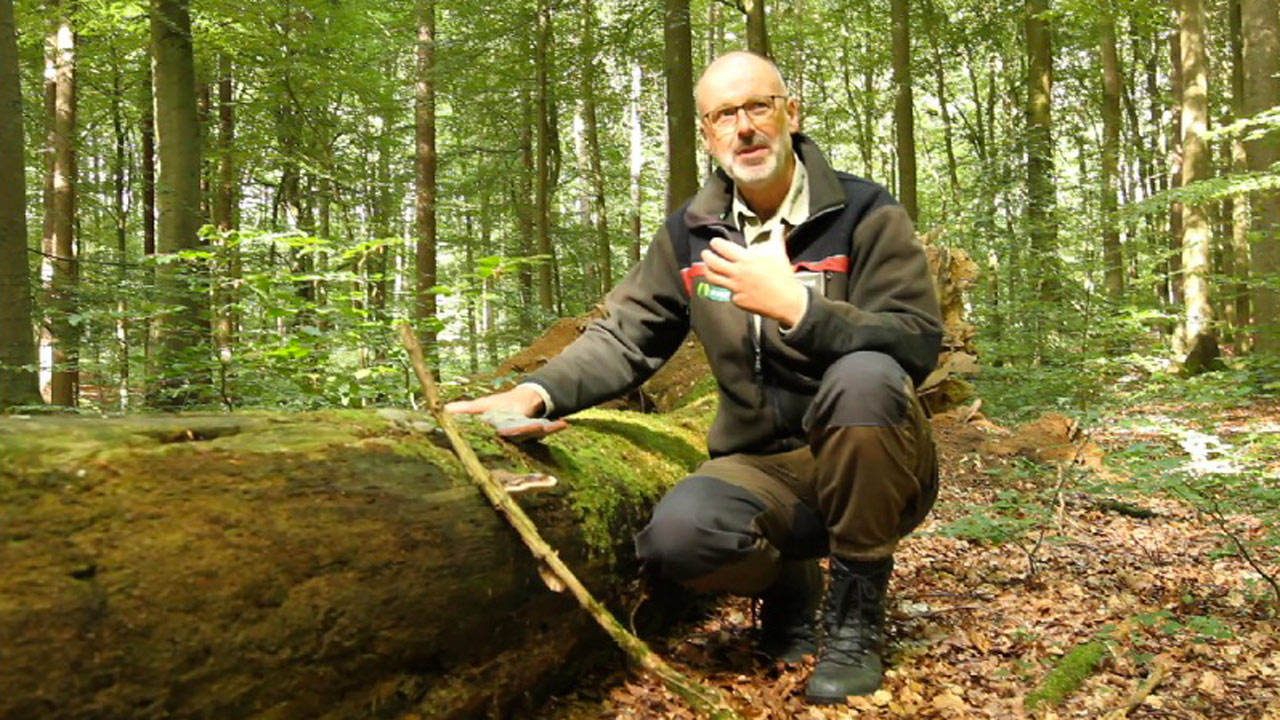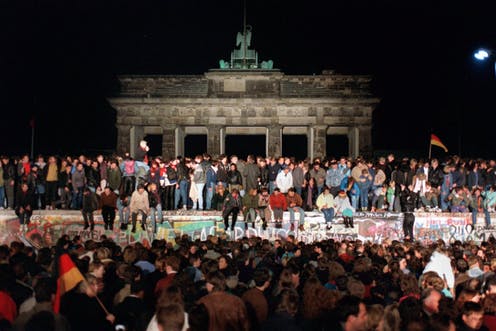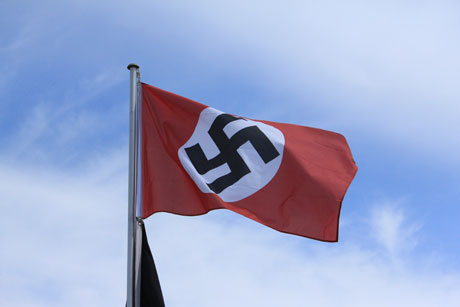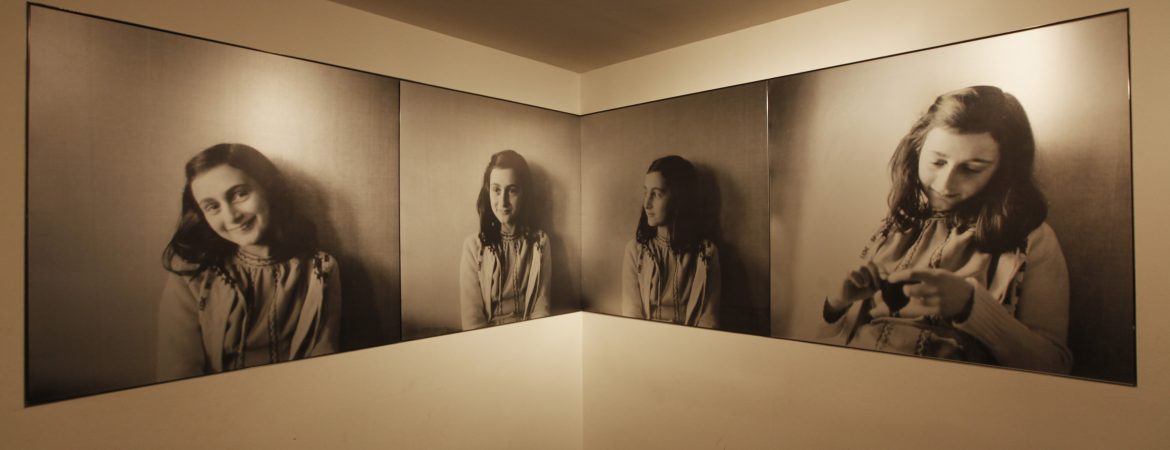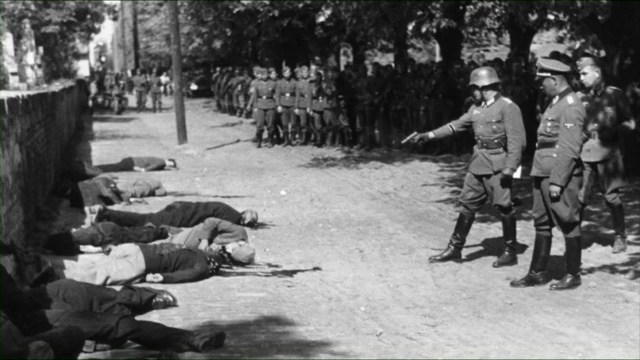
Seventy five years may have passed since the draconian mass murder of the Sinti and Roma people in Hitler’s Germany, but despite the decades that have passed by the trauma and horror remain intact. It was on August 2,1944 that Nazi camp of Auschwitz witnessed one of the greatest mass murders in history.
The Nazi genocide of the cities of Sinti and Roma continue to leave a lasting impacting on the collective human psyche as a black spot.
Broadly speaking, Sinti was a community of people who had arrived from the eastern part of the world and settled down in western and central Europe many many centuries ago.
The Roma are a community of minorities settled in Eastern Europe.
While we widely know that the Nazis had killed around 6 million jews in their camps such as Auschwitz, they had also killed 250,000 and 500,000 Roma and Sinti people respectively.
It is ironic that despite such a wide historic genocide, we have continued to push the murder of about 500,000 Sinti and Roma people as the largest ethnic minorities of Europe out of public memory.
It is our responsibility to not forget and to remind ourselves of the extreme violence perpetrated against minorities in Europe and to rework our orientations towards people’s pains and suffering in an unequal social order.
It was indeed one of the most darkest days in human history because it lead to the mass murder of about 4,000 people.
On the night of 3rd August, 1944 a gypsy camp in the Auschwitz-Birkenau concentration and extermination camp had been liquidated. The last batch of people who were left in the camp(around 4,300 people) were taken to the gas chambers and murdered.
The reason why the Nazi forces decided to dissolve the gypsy camp was because they thought that if all the people were killed, it would make space for the jews it was deporting to Germany from Hungary.
The Nazi establishment had picked of all the physically strong men from the gypsy camp and continued to compel them to work as forced labour, they had also been taken away so that they would have no chance of protesting against the ruthless killing of their families back at the camp.
On the other hand, the Sinti people of Germany were promised that they would be shifted to a better locale with their families and would be given employment but a large section of them faced extermination in Nazi hands.
It was not that the Sinti and the Roma people did not stage any protest, in fact they held a fierce resistance on August 2 and, 1944 leading to a lockdown of the camp by the Nazi authorities.
However, giving in to the brute force of the Nazis, the Roma and Sinti population was forcefully transported to the crematorium and burnt alive.
The condition of the Nazi camps was draconian and survival in such camps was close to impossible. They were overcrowded, there was no food, no medical service, no sanitary facilities and there was massive violence unfolding itself each moment. It is a known fact that up till 1943, 75% of the inmates died due to starvation and infection.
In addition to the lack of basic facilities and extremely torturous conditions, inmates were also forcibly made cases for unethical medical experiments.
Just like the jews who faced mass extermination in Hitler’s Germany, the Sinti and the Roma people too were seen as the racial enemies that threatened its ‘racial corpus’.
They too became the victims of widespread racial hatred and a great degree of persecution initiatives.
It is paradoxical that despite their immense suffering and the scale of injustice they faced, it has taken decades for the Sinti and the Roma people to make the world aware of their story and for it to recognise what a totalitarian regime such as that of Hitler could do to racial and ethnic minorities.
It has to be remembered that the atrocities perpetrated on the Roma and the Sinti people are an integral component of our history and we can no longer continue to turn a blind eye to the holocaust.
It is our duty to look beyond the silences that have engulfed the telling of the story of Roma and Sinti genocide.

